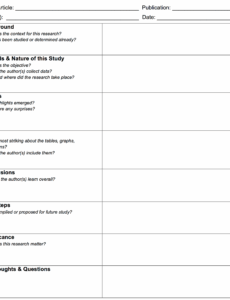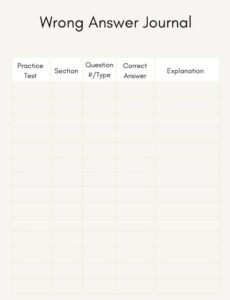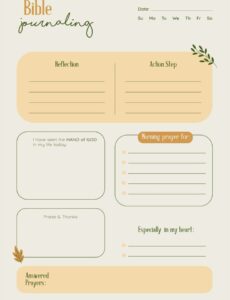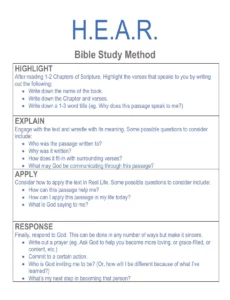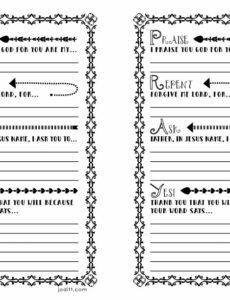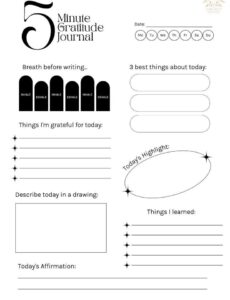Hey there, high schoolers! Ever feel like you’re drowning in a sea of new words, especially when you’re tackling challenging texts for English class, science, or even history? It’s a common experience. From deciphering complex literature to understanding specialized terminology, building a robust vocabulary isn’t just about acing tests; it’s about making sense of the world around you and expressing your ideas with clarity and confidence.
But let’s be honest, memorizing lists of words can be incredibly boring and often ineffective in the long run. What if there was a way to make learning new words engaging, personalized, and truly stick? That’s where a well-designed vocabulary journal comes into play, transforming a tedious task into an exciting journey of discovery.
Why a Vocabulary Journal is Your Secret Weapon for High School Success
Thinking about your academic journey, a strong vocabulary is like having a superpower. It helps you understand lectures better, write more persuasive essays, and even boosts your scores on standardized tests like the SAT or ACT. But more than just grades, knowing the right words empowers you to articulate your thoughts precisely, engage in deeper discussions, and comprehend sophisticated concepts across all your subjects.
Many students struggle with vocabulary because they rely on rote memorization – flashcards that get lost, or definitions that are quickly forgotten after a test. A vocabulary journal, however, encourages active learning. You’re not just passively absorbing information; you’re interacting with each word, making connections, and integrating it into your existing knowledge base in a way that truly resonates with you.
Imagine having a personalized reference book, filled with words you’ve encountered, not just those your textbook dictated. This isn’t just about definitions; it’s about context, usage, and how words relate to your own life and experiences. This personal connection is key to long-term retention and the ability to recall words naturally in conversation or writing.
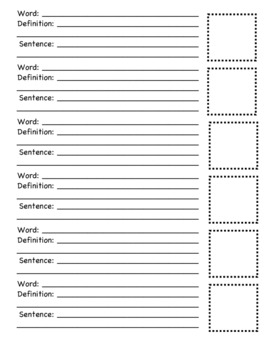
Ultimately, investing time in a vocabulary journal builds confidence. You’ll feel more prepared for challenging assignments, more capable of participating in class, and generally more in control of your academic destiny. It’s a fundamental tool for anyone looking to excel, not just in high school, but in college and beyond.
Key Elements Your Journal Should Include
- The new word you’re learning
- Its part of speech (noun, verb, adjective, etc.)
- A clear, concise definition, ideally in your own words
- Synonyms (words with similar meanings) and Antonyms (words with opposite meanings)
- An original sentence demonstrating its proper use
- A personal connection or memory related to the word
- A small sketch or mnemonic device to aid memory
Designing Your Perfect Vocabulary Journal Template
The beauty of creating your own vocabulary journal template high school students can truly benefit from lies in its customizability. Whether you prefer a physical notebook, a digital document, or even a specialized app, the core idea is to establish a consistent structure for recording new words. This structure, or template, ensures that you capture all the necessary information for effective learning without having to rethink your process every single time.
A good template acts as a guide, prompting you to dig deeper than just a simple definition. It encourages you to explore the word’s nuances, its relationship to other words, and how it functions within a sentence. This systematic approach is far more powerful than simply looking up a word and then forgetting it moments later. It transforms passive reading into an active learning experience, cementing the word in your long-term memory.
You might start with a simple grid or a dedicated page for each word. Consider leaving space for illustrations or even a “check-in” box where you can mark how well you know the word after a few days or weeks. Some students find it helpful to categorize words by subject, chapter, or even by their level of difficulty. The more you personalize your template, the more likely you are to use it consistently and effectively.
Consistency is really the magic ingredient here. Making your vocabulary journal a regular part of your study routine, even just for 10-15 minutes a day, will yield incredible results over time. Think of it as building your own personal dictionary, one word at a time, specifically tailored to your learning style and the words you encounter in your high school curriculum. This isn’t just busywork; it’s an investment in your future academic and communicative abilities.
Here’s a robust structure to consider for your entries:
- Date and Source (where you found the word, e.g., “The Great Gatsby, Ch. 3”)
- The Word
- Pronunciation Guide (if needed)
- Part of Speech (e.g., noun, adjective, verb)
- Definition (in your own words, simplified)
- Example Sentence (an original sentence you create)
- Synonyms
- Antonyms
- Word Family (e.g., related nouns, verbs, adverbs)
- Mnemonic Device or Visual Cue (a memory trick or small drawing)
- Personal Connection/Why it’s interesting to you
Taking control of your vocabulary acquisition journey can truly transform your academic performance and your confidence in expressing yourself. By actively engaging with new words and systematically recording them in a way that makes sense to you, you’re not just memorizing; you’re building a rich, accessible database of language that will serve you well for years to come. This approach moves beyond the limitations of rote learning and fosters a genuine appreciation for the power and precision of language.
Embrace the process of discovery and personal growth that comes with expanding your linguistic toolkit. Each new word you master opens up new avenues for understanding and communication, equipping you with the ability to articulate complex ideas, comprehend intricate texts, and navigate the world with greater clarity and confidence. This personalized method of language learning is a valuable asset as you continue your educational path and beyond.
